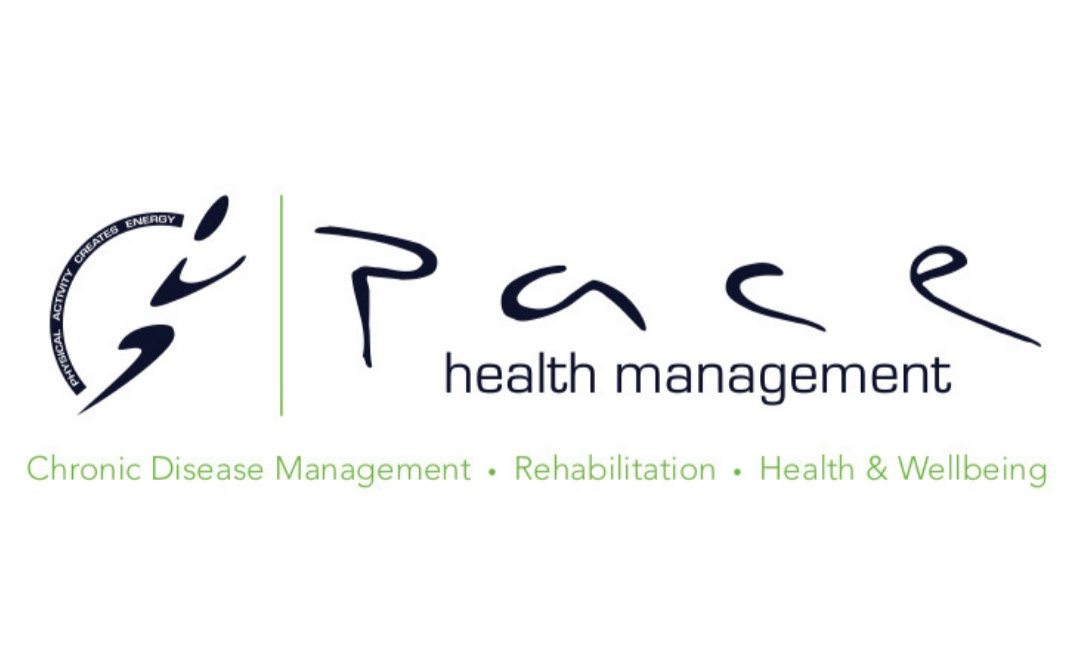You've had back surgery. Now What?
By Josh McCarthy - Accredited Exercise Physiologist
You have injured your back; you have severe back pain, even some altered sensation down your legs. You’ve been told you have a herniated (bulged) lumbar disc. You’ve tried exercise, medication and rest to get better but nothing has worked thus far. So where do you go from here?
Having surgery for a herniated disc is usually the last step in a long list of conservative measures. There are many reasons for having surgery but one thing remains constant, an effective exercise rehabilitation program after surgery maximises surgery outcomes.
The goals of any rehabilitation program are to;
Ensure correct tissue healing
Improve stability and strength around the spine
Return to activities of daily living
Address any movement dysfunctions/incorrect manual handling
How soon should I start?
The answer to the question is that the sooner you start the better and the best place to start is walking. It doesn’t place any undue stress on the surgical site and it starts to build strength around the spine. Walking can be performed intermittently throughout the day and it is self-limiting, that is, you can walk as much as you can tolerate.
It is very common to be apprehensive about commencing an exercise program after surgery for fear of re-injury. The truth is there is no increased risk of re-injury to those who commence an exercise program compared to those who don’t. If anything the implementation of a tailored exercise program may improve recovery time by helping to promote healing and address any flexibility and movement dysfunctions that have occurred as a result of your back injury.
When will I get better?
You should expect the recovery time from surgery to typically take 12 months. The recovery process has several distinct periods where the focus of the rehabilitation and the restrictions to be adhered to are different.
0 to 6 weeks
The first 6 weeks are the crucial healing phase and as such care should be taken. This is the period where focus should be placed on restoring range of motion to surrounding joints, learning the foundations of core stability and increasing walking tolerance.
Immediately after surgery, prolonged sitting will be the most uncomfortable of all activities. It is recommended that you should restrict sitting to 15 minutes in the first week, slowly extending as tolerated thereafter. Driving should be avoided for at least 3 weeks. As with prolonged sitting this tends to cause aggravation, the only difference between the two is that you are less likely to be able to shift around whilst driving which compounds the aggravation.
6 weeks to 6 months
Your exercise program during this stage should focus on a gradual return to work/activities. Weight restrictions have been eased and you can now lift up to 10kg. Core strength should be progressed and more functional exercises incorporated, such as squats, deadlifts and lunges. During this phase any movement dysfunctions that may have lead to the injury in the first place should be address i.e. poor posture, incorrect manual handling, such as picking objects up off the floor.
6 months to one year
At this point in time you should have returned to your normal routine albeit some lingering pain or altered sensation, but your exercise shouldn’t stop there. You want to make your back as resilient as possible so that you minimise your risk of future injury and surgery.
If you would like more help on creating a tailored exercise program, please contact one of our experience Exercise Physiologists.

